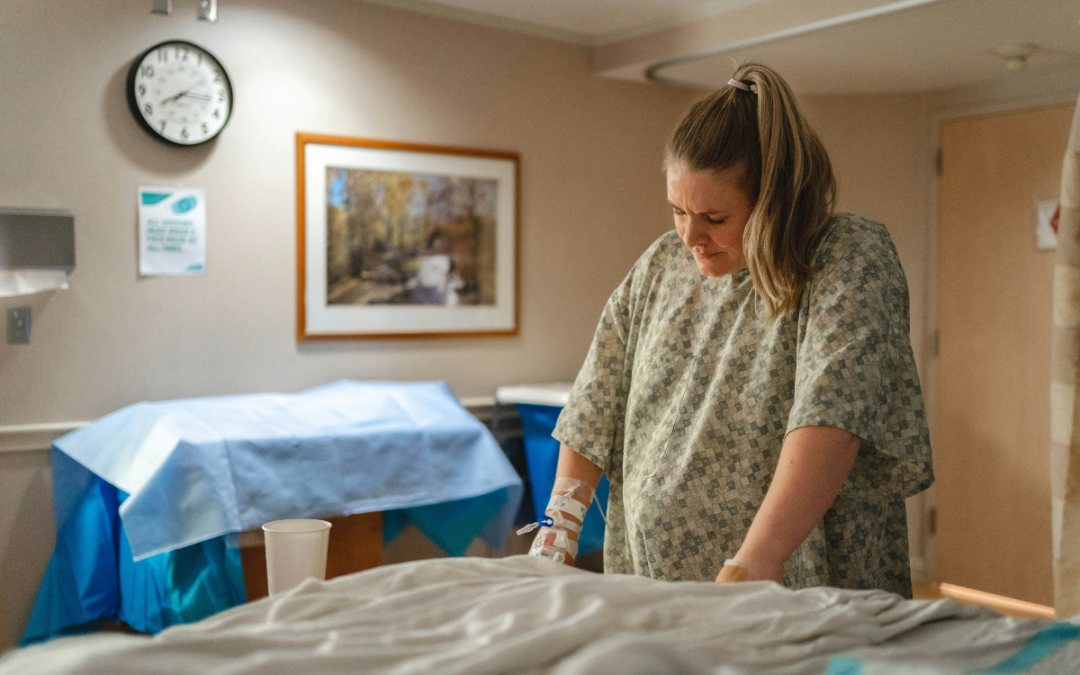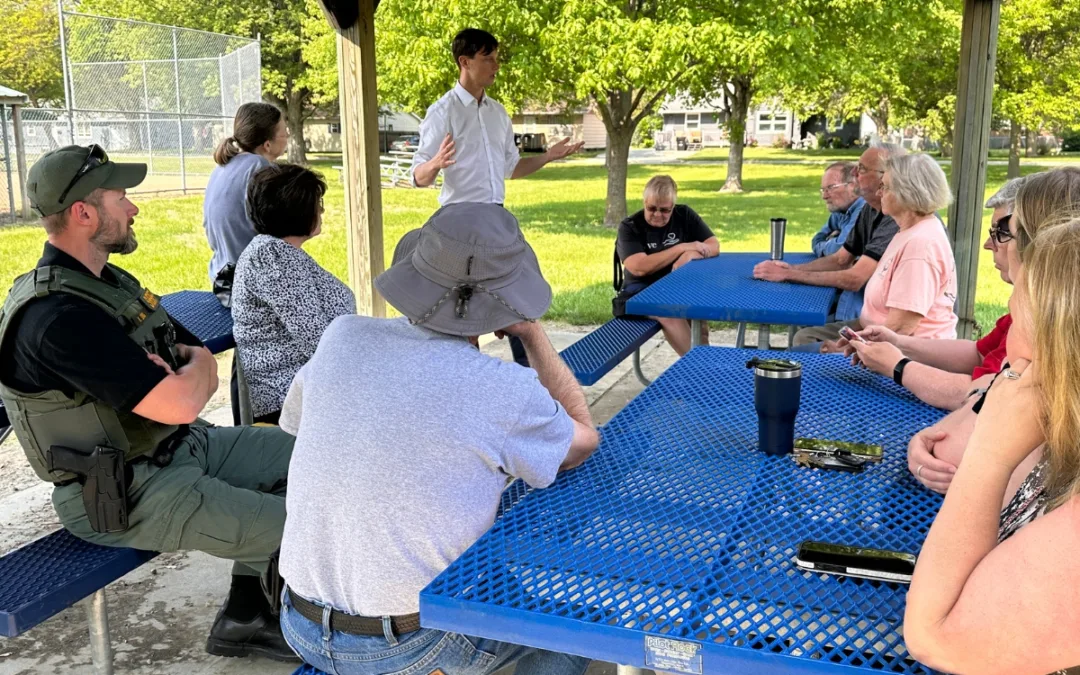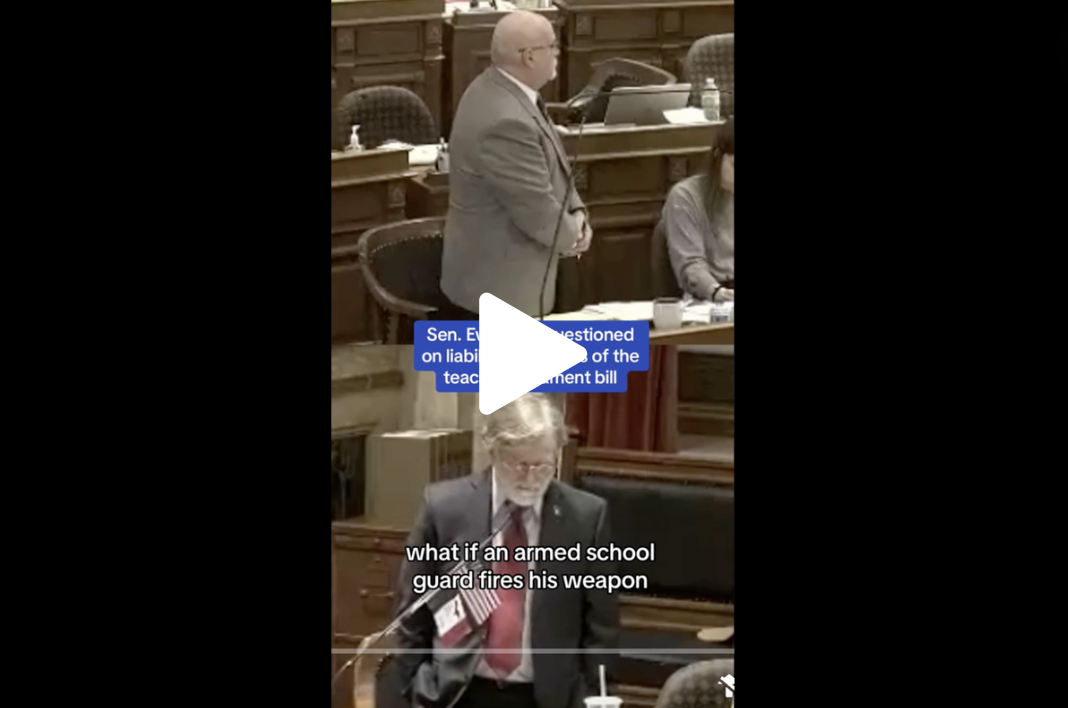A new year is just around the corner.
But instead of tipping a celebratory glass of champagne on New Year’s Eve, a big tumbler filed with Maalox seems more appropriate this time.
For all of the optimism that usually accompanies a new year, the arrival of 2018 is being dogged by anxiety about war breaking out on the Korean peninsula.
Unlike in Vietnam, Iraq or Afghanistan, a war with North Korea seems almost certain to involve nuclear weapons and the tremendous loss of life that would accompany those weapons. We need the voices of reason to be heard now, but we have an abundance of red-hot rhetoric and hair-trigger tempers, instead.
That’s why Maalox might be the beverage of choice at parties on Dec. 31.
There are alternatives, however, for the United States and North Korea — alternatives that are receiving too little consideration. Those other options have paid off for the world in the past when fears of warfare were mounting.
One of those alternatives began right here in Iowa 62 years ago. One of my friends who has devoted his life to finding peaceful solutions around the globe is hoping this slice of Iowa history will show us a path forward with North Korea that does not involve bloodshed.
In the last half of the 1950s, 10 years after combatants laid down their weapons and ended World War II, tensions between the United States and the Soviet Union were on the rise. Both nations had a deep distrust of the other. Both nations had nuclear weapons. And both nations had gone from being World War II allies to being the target of each other’s worse fears.
That’s when two Iowans, Lauren Soth and Roswell Garst, played crucial roles in helping to defuse those rising tensions.
Soth occupied the chair I would have 55 years later, editor of The Des Moines Register’s editorial pages. Garst was a well-known farmer from Coon Rapids and was a pioneer in preaching the value of hybrid seed corn.
Soth was confident that relations between the United States and Soviet Union could improve through more face-to-face contact between Russians and Americans. He believed food was their common language.
In 1955, he wrote an editorial inviting the leader of the Soviet Union, Nikita Khrushchev, to send a delegation to Iowa to learn about raising high-quality livestock and the grain to feed those cattle, hogs, sheep and chickens.
Garst and Kremlin leaders in Moscow both read Soth’s invitation.
What followed was one of the most amazing chapters in world history. There were exchanges between the two nations’ farmers and agricultural experts.
Garst, a salesman extraordinaire, traveled to the Soviet Union on one of those exchanges to talk about how hybrid seed corn could help feed hungry Soviets. He met Khrushchev and invited the Soviet leader to come to Iowa and inspect the Garst farm. Garst promised Khrushchev he would get to see up close how American farmers were achieving what farms in the Soviet Union were not.
And Khrushchev came calling — on Sept. 23, 1959. One of the memorable photos from the historic visit was a laughing Khrushchev patting the rotund stomach of a jovial Iowa farmer.
The joviality of that day belies the anxiety from a couple of years earlier when Khrushchev made his historic “We will bury you!” vow to Western nations.
His meaning wasn’t far removed from the message North Korea’s supreme leader sent to President Donald Trump earlier this year when Kim Jong-un vowed, “I will surely and definitely tame the mentally deranged U.S. dotard with fire.”
Kenneth Quinn, a career U.S. diplomat from Iowa, former ambassador to Cambodia and current president of the World Food Prize, is convinced agriculture could open the door to de-escalate tensions between North Korea and the United States and reduce the likelihood of war — if given the chance.
A half-dozen years ago, Quinn and I were having lunch and talking about all manner of topics — war, peace, diplomacy, food supplies. The Dubuque native said history has shown that food — more accurately, the lack of adequate food — often leads to conflict.
North Korea has struggled with famine for many years. Quinn recently said in a guest column in the Register, “With so few good options to defuse the current situation over North Korea’s possible nuclear-weaponized long-range missiles, using agriculture as a vehicle to reduce tensions would seem worth a try.”
Quinn is correct — as were Lauren Soth and Roswell Garst.
Garst’s nephew, John Chrystal, a banker and farmer, became an unofficial Soviet agricultural adviser after Khrushchev’s Coon Rapids farm visit. He traveled to the Soviet Union every year or two to visit the farms and talk with government leaders.
(One of the Soviets he came to know well was an obscure official named Mikhail Gorbachev, later to become the Soviet Union’s head of state.)
Before his death in 2000, Chrystal reflected on the farm-field diplomacy that he and his uncle pursued: “If we can become less afraid of each other, we have a better chance of stopping the arms race and not blowing each other up. I think it’s the proper thing for an American to do.”
It worked a generation ago. Why don’t we give it a shot in 2018? We have nothing to lose — and much we could gain.
by Randy Evans
Reprint from Bloomfield Democrat
Photo via Flickr
Posted 12/27/17
Politics

It’s official: Your boss has to give you time off to recover from childbirth or get an abortion
Originally published by The 19th In what could be a groundbreaking shift in American workplaces, most employees across the country will now have...

Trump says he’s pro-worker. His record says otherwise.
During his time on the campaign trail, Donald Trump has sought to refashion his record and image as being a pro-worker candidate—one that wants to...
Local News

No more Kum & Go? New owner Maverik of Utah retiring famous brand
Will Kum & Go have come and gone by next year? One new report claims that's the plan by the store's new owners. The Iowa-based convenience store...

Here’s a recap of the biggest headlines Iowa celebs made In 2023
For these famous Iowans, 2023 was a year of controversy, career highlights, and full-circle moments. Here’s how 2023 went for the following Iowans:...




